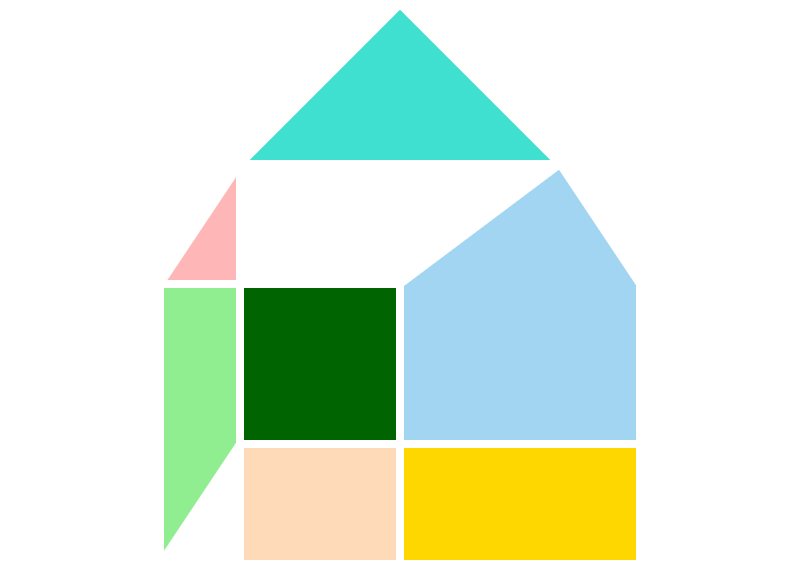Rediscovering Beauty: Wabi Sabi in Modern Architecture
Architecture, as a form of expression, is a reflection of our culture and the philosophies that surround us. In this context, Wabi Sabi, a Japanese approach that has been gaining popularity, presents itself as an invitation to rediscover beauty in imperfection and simplicity. This philosophy not only challenges the norms of perfection but also calls us to appreciate the connection with nature, making it a highly relevant concept for contemporary architecture.
In the fast-paced modern life, where we often pursue unrealistic standards of perfection, Wabi Sabi emerges as a balm that appreciates the fleeting nature of things and celebrates the marks of time. The essence of this style lies in finding harmony in the imperfect, a profound impact that is enhanced by incorporating natural materials that speak of their history, such as weathered wood or unpolished stone. It is in this embrace of rusticity that we find the peace and authenticity we long for.
The Essence of Wabi Sabi in Environmental Design
Wabi Sabi architecture creates spaces that invite contemplation. Far from the limiting lines of modern design, it offers a breeding ground for serenity. For example, by using elements like handcrafted ceramics, the imperfect finishes tell stories of a unique artistic process. Every crack in the ceramics, every grain in the wood, is a reminder that beauty is not measured by perfection but by the life experience these pieces carry with them.
Additionally, spaces that embody this philosophy include large windows that integrate the exterior with the interior, eroding the barriers that traditionally separate us from nature. These strategic openings allow natural light to flow, illuminating those imperfections that, far from detracting value, emphasize them, turning the home into a refuge of tranquility and harmony.
Materials That Tell Stories
One of the most fascinating aspects of Wabi Sabi is its relationship with materials. The choice of natural elements like wood, clay, and stone is key to creating an authentic atmosphere. It is not just about building a space, but about creating a personal connection with the environment. By incorporating materials that have been subjected to the passage of time, architectural spaces are enriched with implicit narratives that only time can tell.
Imagine a house built with recycled wooden planks, each with its own marks and imprints, where irregular cuts and the patina of aging are celebrated rather than hidden. This is the type of design that does not seek to imitate what is considered modern or perfect but recognizes and honors the beauty that emerges from the everyday and the imperfect.
The Classroom of Wabi Sabi: Designing for Reflection
Wabi Sabi design seeks to create spaces that are not only used but also felt. It emphasizes the importance of sensory experience, where every corner invites reflection and pause, a concept so necessary in our fast-paced life. Architecture becomes a classroom where the lessons are about how to live in harmony with the environment and how to find beauty in simplicity.
Incorporating this approach into your architectural project could represent a breath of fresh air for your mind. Each room can transform into a refuge, offering a space for reconnection with yourself and with the natural world around us.
Conclusion
Wabi Sabi in modern architecture offers us a new perspective on how we perceive design, highlighting the beauty that resides in imperfection and the ephemeral. In a universe where perfection seems to be the norm, returning to this philosophy is a refuge, a reminder that true peace is found in authenticity and connection with nature. By studying and applying this concept, we open the door to creating spaces that not only reflect our style but also tell profound stories about time and experience.
Frequently Asked Questions about Wabi Sabi in Architecture
What is Wabi Sabi?
Wabi Sabi is a Japanese philosophy that seeks to find beauty in the imperfect and the transient, promoting acceptance of the fleeting nature and the marks of time on objects and spaces.
How is Wabi Sabi applied in architecture?
It is applied through the choice of natural and aged materials, which bring authenticity to the design, as well as creating spaces that promote tranquility and reflection.
Why is this philosophy important?
It is important because it invites us to slow down in a rapidly advancing world and to find beauty in the everyday and the authentic, creating environments that reflect tranquility.
Spanish Version: Redescubriendo la Belleza: El Wabi Sabi en la Arquitectura Moderna



